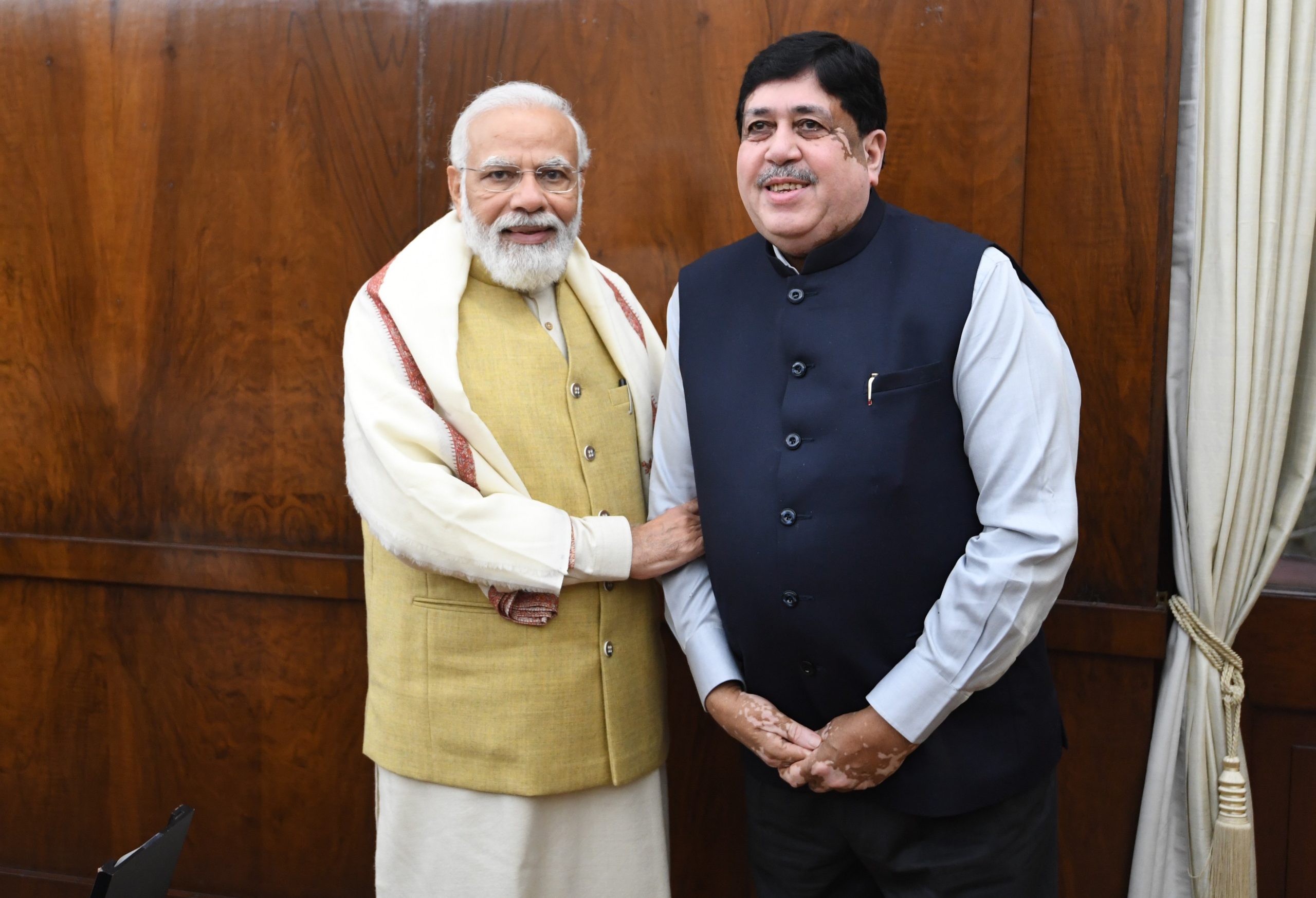
Achievements of the Co-operative Sector in India
Achievements of the Co-operative Sector in India
The cooperative sector in India has played a significant role in fostering economic development, social empowerment, and equitable wealth distribution. Rooted in the principles of mutual aid and collective ownership, cooperatives have successfully addressed challenges in agriculture, rural development, and financial inclusion.
Key Achievements of the Cooperative Sector in India
1. Agricultural Transformation
Green Revolution Support: Cooperatives have been instrumental in distributing seeds, fertilizers, and agricultural inputs to farmers, particularly smallholders, during the Green Revolution.
Procurement and Marketing: Organizations like NAFED (National Agricultural Cooperative Marketing Federation) ensure fair prices for farmers’ produce by managing procurement and marketing.
Sugar Industry Leadership: India’s cooperative sugar mills contribute over 35% of the country’s sugar production, with states like Maharashtra leading the sector.
2. Dairy Revolution
Operation Flood: Spearheaded by Amul, a cooperative under the Gujarat Cooperative Milk Marketing Federation (GCMMF), India became the largest producer of milk globally.
Empowered millions of rural households by creating sustainable livelihoods in the dairy sector.
3. Financial Inclusion
Cooperative Banks and Credit Societies:
Played a pivotal role in providing affordable credit to farmers, artisans, and small-scale businesses.
Cooperative credit societies account for nearly 40% of the agricultural credit in India.
Self-Help Groups (SHGs): Linked to cooperatives, these groups promote microfinance and women’s empowerment in rural areas.
4. Rural Development
Housing Cooperatives: Enabled affordable housing for low- and middle-income families.
Village Cooperatives: Entities like Lijjat Papad provide employment opportunities for women while promoting cooperative values.
5. Consumer Cooperatives
Organizations such as Indian Coffee Houses and various consumer stores ensure fair prices for goods while promoting ethical business practices.
6. Fisheries and Handicrafts
Fishermen’s cooperatives improve access to markets, technology, and financial assistance.
Handicraft cooperatives preserve traditional crafts while providing sustainable livelihoods to artisans.
7. Policy Support and Expansion
India has over 8.5 lakh cooperative societies, engaging approximately 290 million members across diverse sectors.
Establishment of the Ministry of Cooperation (2021) reflects the government’s commitment to strengthening the cooperative movement.
Notable Examples of Cooperatives in India
1. Amul: Transformed India into a global dairy powerhouse.
2. IFFCO (Indian Farmers Fertiliser Cooperative): World’s largest fertilizer cooperative, ensuring affordable access to fertilizers for Indian farmers.
3. KRIBHCO: A leader in promoting modern agricultural practices through fertilizer distribution.
4. SEWA (Self-Employed Women’s Association): Empowers women through micro-cooperatives and self-employment initiatives.
Impact of the Cooperative Sector
Economic Contribution: The cooperative sector significantly contributes to GDP in agriculture, rural finance, and allied industries.
Social Equity: Helps reduce income disparities and empowers marginalized groups, including women and small-scale producers.
Rural Development: Boosts infrastructure, education, and healthcare in rural areas through its community-driven approach.
—
The cooperative movement in India continues to be a cornerstone of inclusive growth, demonstrating the power of collective action in building a self-reliant and equitable society.






